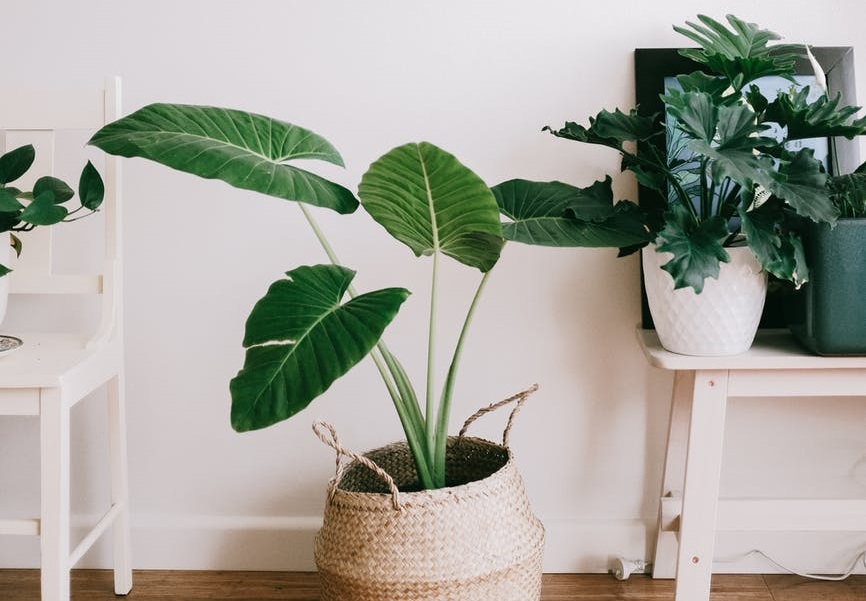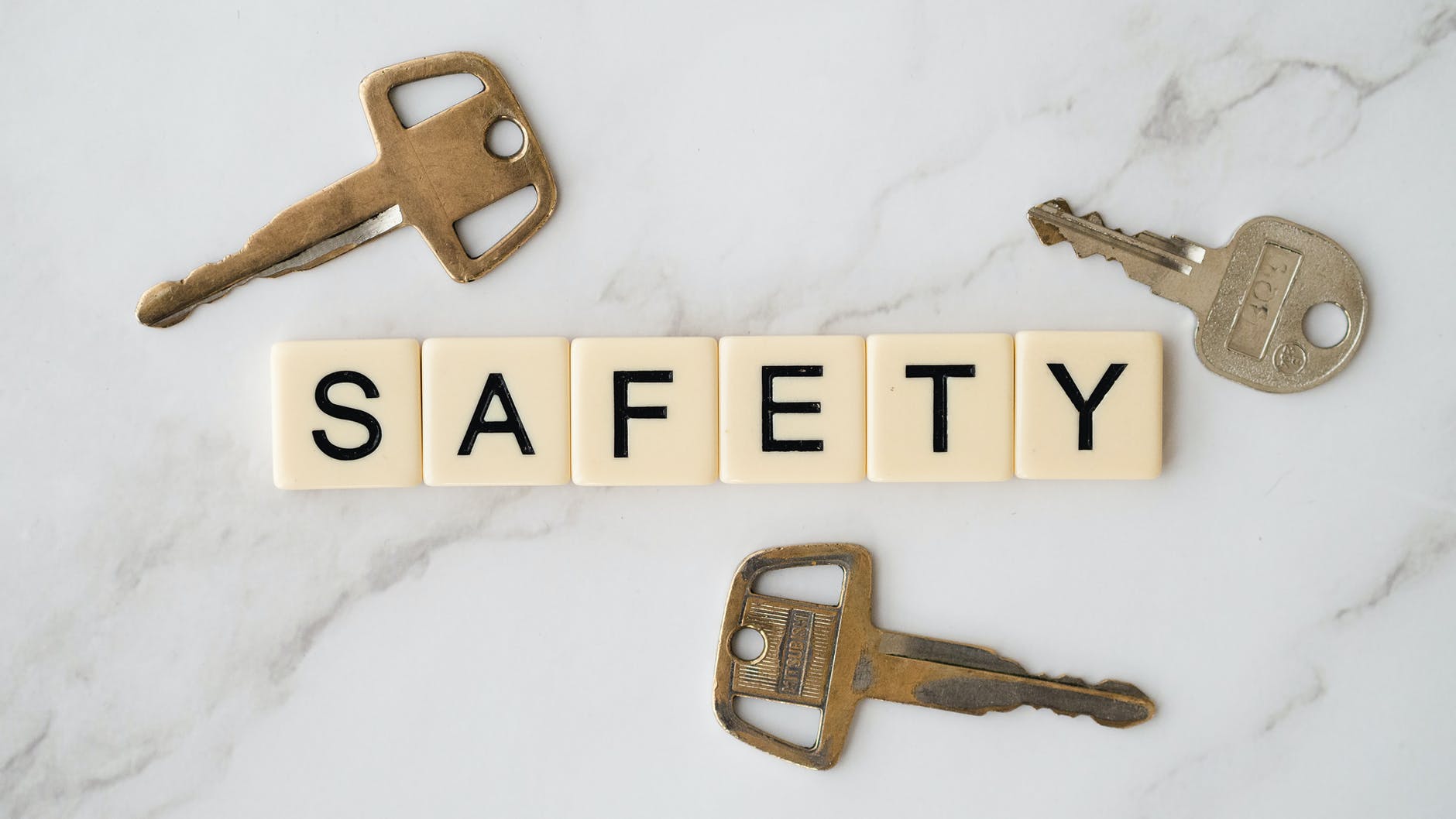We spend many hours of our day indoors, especially in the cold season, and breathing clean air both at home and in the office, at school, or in other closed environments should be a priority. Clean air is synonymous with quality of life because it prevents exposure to pathogens and chemicals that are harmful to our health.
But how do we get clean air at home? First of all, being clear about what clean air is. Second, we can take certain measures and take advantage of some tricks so that our homes breathe cleaner and healthier air.
We will tell you everything below!
Definition of clean air
Air is made up of different elements whose percentages vary. For this reason, it is not possible to define what pure air is. Normally, when we speak of clean or pure air, we refer to air free of dust, aerosols or other polluting particles resulting from human activities.
Tips to clean the air in your home naturally
Exposure to polluted air in the home can have serious health consequences or worsen the symptoms of some diseases such as asthma. The good news is that there are some simple actions that help us maintain cleaner air at home.
Learn some tricks to improve indoor air quality starting with your home!
1. Ventilate every day
Airing the home is one of the simplest and most economical actions at your fingertips to keep the air clean and pure at home. It is something that should be done every day and, despite being something very easy, it is important to do it correctly to achieve an effective air exchange in the domestic environment.
For proper ventilation of the home, follow these steps :
- Open the windows for 5 minutes in the morning, room by room.
- When you cook, leave a window open to prevent the house from being impregnated with the smell of food.
- If you spend many hours at home, it is appropriate to ventilate the rooms where you spend more time several times a day for 5 minutes.
- If you live in an area where a lot of cars circulate, try to ventilate the house during off-peak hours or use air exchange systems.
2. Decorate with plants
Indoor plants, in addition to being very decorative and creating a cozy atmosphere in your home, help you clean the air in your home naturally. This ability of plants is not new. In fact, back in the 80s, NASA published the results of the “ Clean Air Study ” in which it found that some indoor plants can perform a natural cleaning of the air in closed environments by reducing the concentrations of toxic particles.
There are many indoor plants with air-purifying properties, and most are easy to care for. Here are some examples of plants that clean the air in your home :
- Dracena
- Ficus
- Potos
- Spathiphyllum
- Philodendron
- Sansevieria
- Ivy
- Love
- Gerbera
- Chrysanthemum
For your plants to grow strong and help you keep the air clean at home, as well as provide them with adequate water and light, remember to clean their leaves from time to time to remove accumulated dust and particles.
3. Clean the air conditioning filters
If you have air conditioning in your house, you can take advantage of it to change the air throughout the day. This system is especially useful if you live in cities where the air is usually more polluted. Of course, for these devices to work properly it is important to clean the filters and change them as indicated by the manufacturer.
4. Use non-toxic cleaning products
House cleaning is another trick to keep the air clean. However, some products used for cleaning the house can be very polluting. How to keep the air clean at home? The answer is in natural cleaning products. You can look for brands of environmentally friendly cleaning products that do not use toxic agents or use less aggressive ingredients such as essential oils, alcohol, vinegar, or bicarbonate and create your personalized recipes for home hygiene.
5. Avoid excess humidity
Certain levels of humidity in the home are healthy and improve the quality of the air we breathe. However, when there is a lot of humidity in the house, the ideal environment is created for the proliferation of molds. These fungi in addition to staining walls or furniture are harmful to health because it releases spores that pollute the air in the home and can cause allergies.
To prevent the formation of molds it is important to ventilate the house every day and in very humid places it may be necessary to use dehumidifiers.
6. Take off your shoes when you get home
Taking off your shoes as soon as you enter the house is a very healthy habit. This simple trick is also very important to prevent street dirt (bacteria, feces, pesticides, pollen, etc.) from spreading around the home and, not only dirties but also pollutes the air in your home with substances harmful to health.
7. Use natural air fresheners
When the house is clean and tidy, the air you breathe in the environment will also be cleaner and purer. And if you like your home to have a personalized perfume, watch out for home air fresheners! The contaminants can hide in this type of product. However, there are natural ways to perfume the home in this article we propose some examples .
8. Brush your pet frequently
With a pet at home, you can easily keep the air clean by taking regular care of your four-legged friend. In addition to the above tricks, it is important that you brush your dog or cat outdoors to prevent the accumulation of hair and dander in the home.
9. Use hypoallergenic household clothes
The air you breathe in your house is made up of a mixture of substances and particles of all the elements that compose it. Furniture, fabrics, and all utensils in your home contribute to making the air more or less pure. For this reason, the choice of these materials and accessories is key to preventing air pollution in the home. Whenever possible, choose to reduce the number of objects at home and choose furniture, paintings, carpets, and home textiles made with natural materials and without toxic substances.
10. Don’t smoke at home
Cigarettes contain substances that are harmful to the health of smokers and those exposed to smoke. Smoking in closed environments increases the concentration levels of polluting particles in the air.









